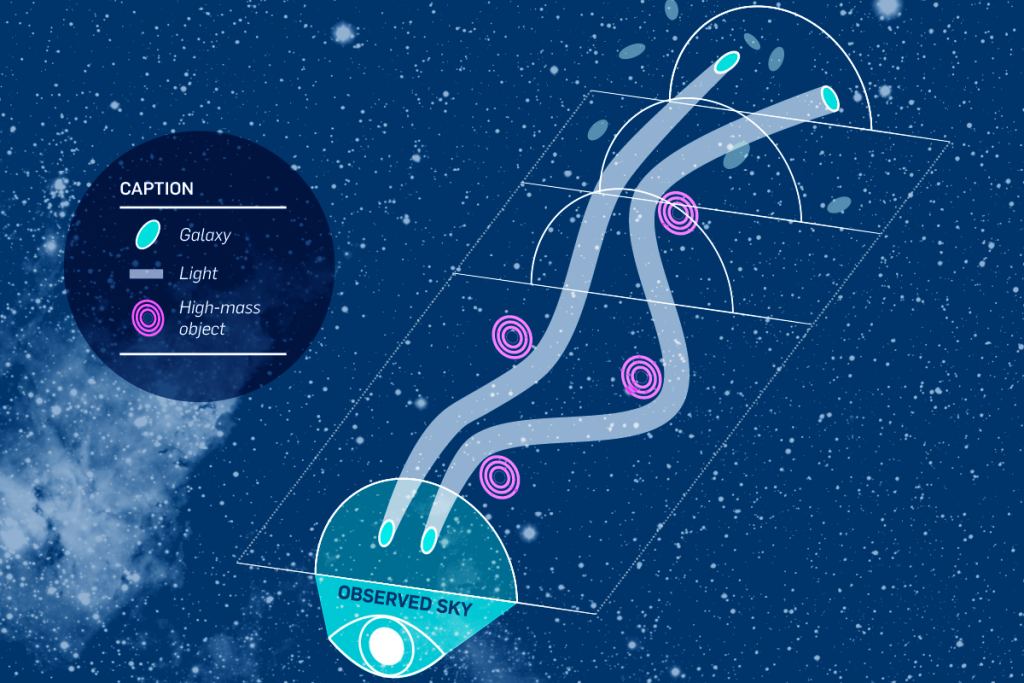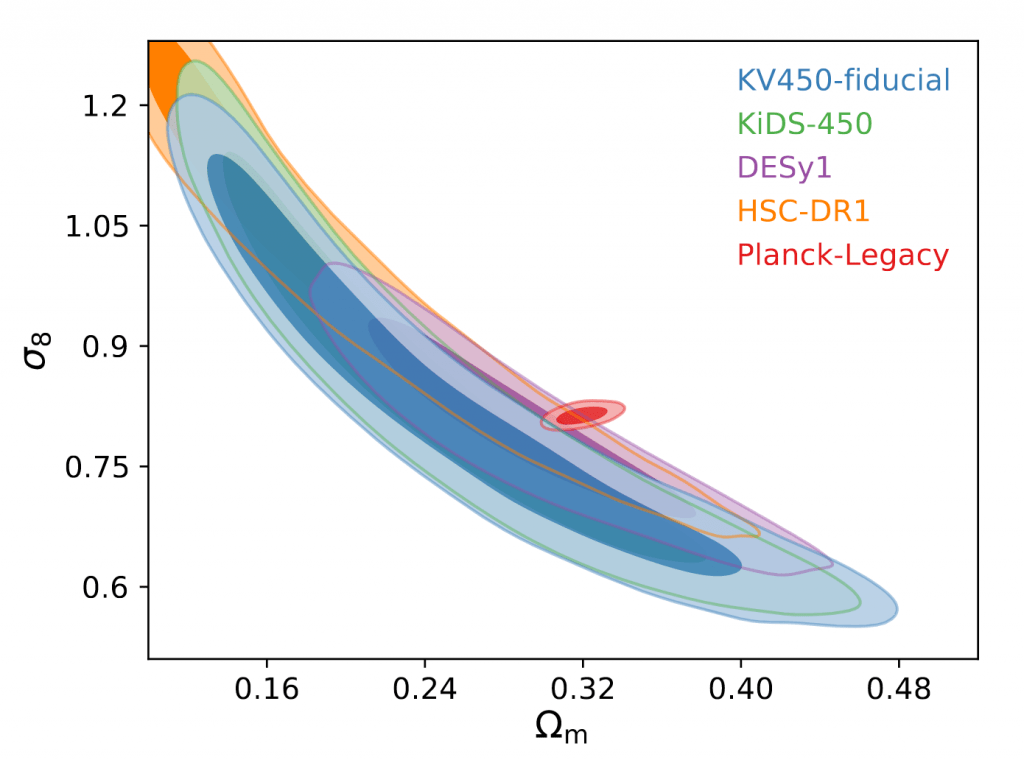The weight of the universe (technically the mass of the universe) is a difficult thing to measure. To do it you need to count not just stars and galaxies, but dark matter, diffuse clouds of dust and even wisps of neutral hydrogen in intergalactic space. Astronomers have tried to weigh the universe for more than a century, and they are still finding ways to be more accurate.
Knowing the mass of the cosmos is central to understanding its history and evolution. While dark energy drives the universe to expand, matter tries to keep the universe from expanding. Together they form an average density of matter and energy in the universe, known as the cosmic density parameter. This parameter is central to the standard model of cosmology, also known as the LCDM model
One way to measure this parameter is to look at the Cosmic Microwave Background (CMB). This remnant glow from the big bang has small variations in temperature. The scale of these fluctuations tells us the rate of cosmic expansion, which in turn lets us know the cosmic matter density.

Another way to weigh the universe is to look at how the light of distant galaxies is deflected by galaxies. It’s an effect known as gravitational lensing. The challenge with this method is determining which light is lensed and which is not. To do that we would need to compare the distorted shape of the galaxy we see with the actual shape of the galaxy, which we don’t know.
It’s not possible to make a comparison for a single galaxy, but we can compare them statistically. Since we know the shape of an average galaxy, we can compare this to the lensed shapes we see to get a statistical measure of how much lensing occurs. This was the goal of a project called the “Kilo-Degree Survey.”
While the lensing effect gives you a statistical measure of the amount of mass between us and a distant galaxy, it doesn’t give you the cosmic density. For that, you need to know how far away the galaxy is. The greater the distance, the more mass you’d expect between it and us. So the team also determined galactic distances by measuring their redshifts at several wavelengths.

The result is a cosmic density parameter that differs slightly from that found from the CMB. This is not the first time we’ve seen a strange disagreement in cosmology. In their work, the authors speculate that this could indicate the standard cosmological model is wrong. In the standard model, it is assumed that the amount of dark energy in the universe is constant. But this latest data fit an alternative model where dark energy changes over time.
It’s an interesting idea, but it’s a big jump. While this latest result does disagree with CMB data, other similar studies do not. It is quite possible that there is a systematic bias in this study. So don’t throw out your old cosmology textbooks quite yet. In the end it is the weight of evidence that will determine whether the authors of this new study are right.
Reference: Hildebrandt, H., et al. “KiDS+ VIKING-450: Cosmic shear tomography with optical and infrared data.” Astronomy & Astrophysics 633 (2020): A69.


From the abstract: “e. The tension between KiDS cosmic shear and the PlanckLegacy CMB measurements remains in this systematically more robust analysis, with S 8 differing by 2.3?.”
So it is not a discovery of a disagreement (> 5 ? difference) or even a tension (> 3 ? difference).
[I see in their conclusion that they speculate that summing all that type of observation – never mind all the other type or the synthesis of all data they compare with – and assuming a mislabeling problem they could eventually derive a statistically significant tension. Lots of hair dragging there.]
Apparently this site don’t support the HTML that I put in the editor. (I knew that, but forgot.) The ? above was supposed to be the “sigma” sign.
Do we know how many black holes there are and their mass?